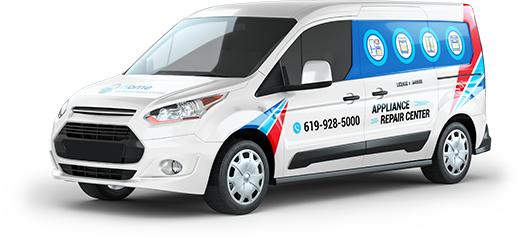Don’t be afraid to string workflows together. Let’s say you tried using Belkin WeMo but switched to a Wink, and still have some devices on an older Vera. Now you can have IFTTT link them all together. But keep things simple. For example, don’t daisy chain workflows together. Instead try to link them all directly to the one place where you want to control them. For me, that’s become my Amazon Echo. Before I got there, though, I had a bunch of workflows that would call other workflows, just so I could try and use one app. Then when the workflows failed I lost trust in them and went back to doing things manually around the house. Keeping everything simple allows the workflows to complete with a higher rate of accuracy as there are fewer moving parts.
Make sure you can return things if they don’t work together. Buying these things retail can mean paying a good 20% more than if you purchased them online. And buying them on eBay can mean paying almost nothing. But almost nothing is still too much if the items don’t work for you. Not all of the systems can work with one another. For example, my garage door opener wouldn’t work with a GoControl (which has the best GUI of a garage opening app out there) so I had to get a Chamberlain. Standards are few and far between. I like to start with a hub, like a Wink or a Vera, and then use their compatibility page to verify other items will work together.
The virtual can talk to the physical world. When most people think of Smart Homes, they think of controlling electrical things. But sensors, controls, and robotics are helping us to bridge the virtual to the physical world. You can activate a Samsung Vacuum, sense physical movement, open and close blinds with Lutron mechanized blinds, open and close deadbolts, and even sense the water in your plants using a Parrot Flower Power. Yes, changing the channel or turning off your lights using a voice command is cool, but when suddenly little robots are running around the house doing your bidding, you start feeling like you have an army of minions doing your chores! And you can automate scenes that can help you wake up more gracefully and have a better overall quality of life.
Your physical pet can set off your virtual workflows. Sensors are great. They can turn lights on when I enter a room and turn them off if I haven’t been in the room for awhile. I have four HVAC zones, so if no one is in a part of the house, I turn the HVAC off. But when the dog or cat went back there, the lights would come on. Poltergeists. A friend had a motion sensor above his computer that emailed him every time something moved. He had a leak one night and got about 1,000 emails by morning.
Automated lights are not much of a money saver. Remember when your parents used to tell you to turn off the lights because you were running up the electricity bill? An LED light costs less than2 per year to operate under normal usage. Save the world a little natural gas and some real electricity and replace that old thermostat with a smart one first.
Check on energy credits and rebates. Many power companies will provide energy credits for buying smart thermostats and sometimes even supported home automation systems. I’ve had friends who basically got free Nest thermostats. Credits and rebates have kicked off many an unhealthy addiction to home automation.
You might not use this stuff forever. When I bought my first hub, it was over2,000. The last one was70 (and I used a50 gift card so picked it up for a whopping20). I switched because my old system didn’t work with Alexa, and I wanted to tinker with voice control. Once you put something in the wall, chances are you won’t want to take it back out. But the hubs and bulbs and things like that will be out of your life in a few years, if that.
 619-928-5000
619-928-5000  Request Service
Request Service 
